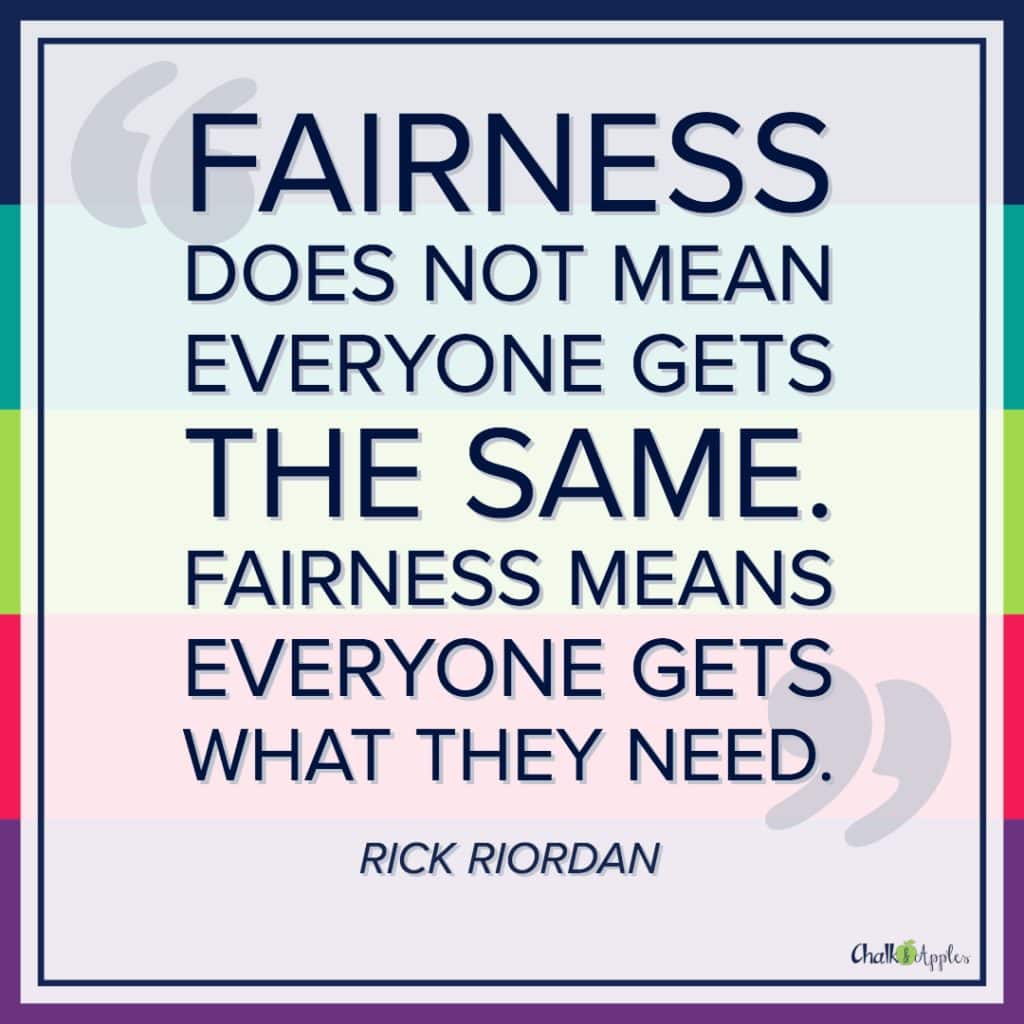

Whether you do guided reading, literature circles, reading conferences, or some other small group model, one of the biggest struggles is managing the rest of the class during small group instruction. Well, struggle no more… today I’m sharing my top tip ideas for reading centers!
You know small group instruction is one of the best ways to reach all of your readers. You want to do guided reading groups and book clubs, but you feel stuck. Every time you try, you have so many classroom management issues. Students get into trouble. It causes social issues. They interrupt you 1,000 times asking for directions for their center.
Today I’m going to share with you some tested and proven ways to keep your centers running smoothly so that you can teach reading groups without interruptions!
(This post contains Amazon affiliate links. This means that Amazon sends me a little pocket change, at no cost to you, if you purchase through one of these links. This helps keep my site running and funds giveaways for you!)
One way to keep centers running smoothly is by keeping the same workstations each week and just changing the specific activities within each station to match your weekly objectives. I hate – h.a.t.e. – having to reinvent my lesson plans every week with brand new centers, so I create simple routines that students can follow week after week.
There are tons of benefits to repetitive routines. They’re easier and faster to plan. You get fewer interruptions and less wasted time because students know the basic instructions. Students spend more time on the actual center work because they can get started immediately instead of trying to figure out what to do. A few ideas for your reading centers can include:
I use five main workstations during reading rotations. By rotating through these 5 reading centers, students are able to practice a variety of reading & writing skills while you work with small groups.
In keeping with tip #1, keep some routines so that you don’t have to reinvent the wheel every. single. week. Swap out the activity or game in each workstation based on the skills you’re working on that week. I’ve shared some of my favorite routines & centers in the Complete Reading Center Guidebook, which you can get by signing up below. Inside, you’ll find free center activities and ideas you can use throughout the year!

Display your rotation schedule prominently so that students know exactly where to go when it’s time to switch centers. This will cut down on transition time, limit student questions,
There are dozens of ways to accomplish this, but the easiest by far is to use a digital rotation board that you can display on your smart board, screen, or TV. By going digital, it’s quick and easy to change your schedule, form new groups, add new centers, etc. No need to print, cut, or laminate a physical rotation board! You can grab this Digital Rotation Board in my TPT shop.

Be sure that you are considering student needs when you create your center rotation schedule. Your highest group may only need Fluency practice once a week, while lower groups may need it daily. It’s ok for your groups to have different center schedules. Keep in mind one of my favorite quotes from one of my favorite authors:

A clear signal, other than your voice, for when it’s time to switch centers is a must! If you use the same signal consistently, students learn to listen for that sound rather than listening to your small group lesson. Here are a few ideas for reading centers signals:

I know. I know. This one’s the hardest to actually accomplish. You’re right there in the room, and it’s so easy to stop what you’re teaching to answer a question or two. Before you know it, your time is up and you’ve only accomplished half of what was on your small group lesson plan.
Remind yourself that your students are resourceful. Here are some routines to help students continue working without interrupting your group.
Follow these ideas for reading centers, and your stations will just about run themselves so that you can focus on where you’re needed most – your small groups!


Find ready-to-go lessons, activities, and organizational tools to simplify your life and help you fall back in love with your job.
Get teaching tips, resources, and freebies delivered right to your inbox once a week!
We weren't meant to do this teaching life alone... we need each other. Join our Upper Elementary teacher community on Facebook for tips, ideas, and support from people who get it... teachers just like you!